
For health care workers, the pandemic has led to increased burnout, concerns about workplace safety, and staffing shortages that threaten not only patient care but also the entire provider ecosystem.

For health care workers, the pandemic has led to increased burnout, concerns about workplace safety, and staffing shortages that threaten not only patient care but also the entire provider ecosystem.
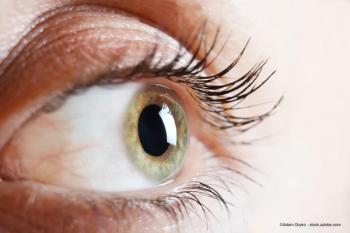
Ophthalmologists, optometrists gain nonpharmacological treatment options for some of the eye’s most complex issues, providing better outcomes.
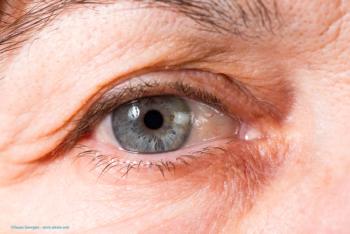
The cataract surgery process continues to become more refined.

Variable TULP1 missense mutations in inherited retinal diseases.
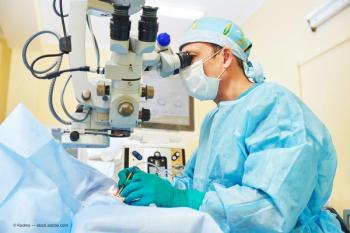
Technical details, communication style key to presbyopia-correcting IOL journey.

Treatments include tinted spectacles and/or contact lenses, low-vision aids, atropine drops, and patching for amblyopia, as well as eye muscle surgery for the nystagmus or any anomalous head posture and associated strabismus.

Ophthalmologists have seen a progression in cyclophotocoagulation (CPC), with each generation becoming more doctor and patient friendly. Shan C. Lin, MD, a glaucoma specialist at the Glaucoma Center of San Francisco in California, described the advances in the technology.
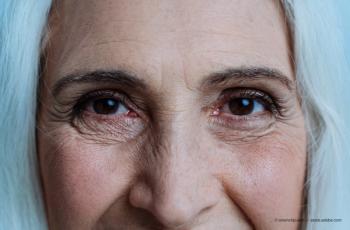
The glaucoma market seems to be in an expansion phase, as evidenced by the explosions in the number of new pharmaceutical and surgical options entering the marketplace. The introduction of new devices is possibly the single most influential factor currently driving the glaucoma market.
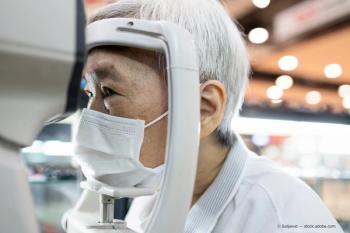
Study reviews mechanisms of action of pilocarpine, carbachol, and brimonidine.

Over the past 2 years, retina specialists and their patients have learned how AI may be a tool physicians can use to monitor patients for disease progression, how telemedicine might mean more than a mere video chat between patient and clinician, and how the tools of the 21st century were closer to real-world practice than anticipated.

In patients with amblyopia, minuscule fixation eye movements play a major role with treatment, according to Fatema Ghasia, MD, associate professor of ophthalmology and director of the Vision Neuroscience and Ocular Motility Laboratory at the Cole Eye Institute at Cleveland Clinic in Ohio.

Ophthalmologists have several options at their disposal for the treatment of presbyopia, according to Elizabeth Yeu, MD, a partner at Virginia Eye Consultants and an assistant professor at Eastern Virginia Med¬ical School in Norfolk. Speaking recently at the virtual 2022 Toronto Cataract Course, Yeu noted that innovation is advancing in presbyopia correction.
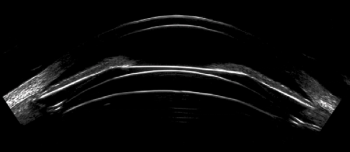
Advancements in imaging make ICL an effective option for a wider range of patients.